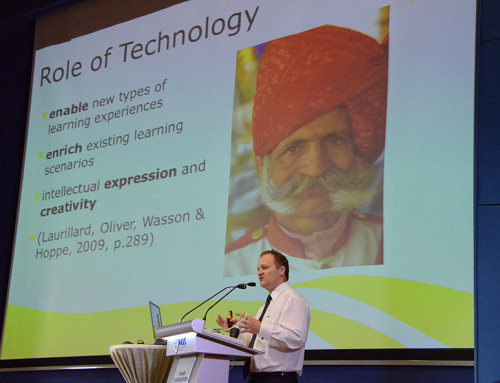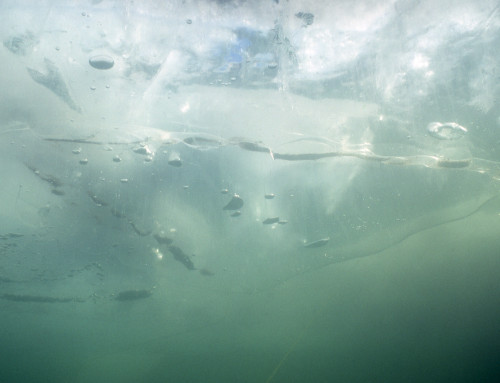 The Design for New Generation Learning Spaces Conference held in Melbourne on the 28th and 29th March turned out to be a valuable professional exchange of ideas on learning spaces. The mix of formal presentations and panel sessions enabled good interaction from the audience. I had a multi- faceted role at the conference (as Chair) that involved setting the stage for the conference in opening the conference, introducing speakers, time keeping, directing questions, clarifying questions where necessary and asking questions if needed. I also facilitated panel sessions and was pleased that I spoke to all panel members via teleconference before the sessions as this created more synergy for the actual sessions. We tried to have about half the panel session dedicated to presentations by panel members and then the other half of the session dedicated to questions from the audience. Overall this approach worked well.
The Design for New Generation Learning Spaces Conference held in Melbourne on the 28th and 29th March turned out to be a valuable professional exchange of ideas on learning spaces. The mix of formal presentations and panel sessions enabled good interaction from the audience. I had a multi- faceted role at the conference (as Chair) that involved setting the stage for the conference in opening the conference, introducing speakers, time keeping, directing questions, clarifying questions where necessary and asking questions if needed. I also facilitated panel sessions and was pleased that I spoke to all panel members via teleconference before the sessions as this created more synergy for the actual sessions. We tried to have about half the panel session dedicated to presentations by panel members and then the other half of the session dedicated to questions from the audience. Overall this approach worked well.
At the beginning of the conference I used Wordle to represent the program for the conference. This was a novel way to see the emphasis and it clearly showed the predominance of university participants and architecture participants within the conference. I also presented three pie charts that portrayed the main professions of attendees, state or countries and whether attendees were from regional or urban centres. I also facilitated a round table that involved all members of the audience. The eighty or so participants focused on: ‘What is the Ideal Design Team for Learning Spaces’. We examined three questions initially and each table reported back to the entire group. We then examined two more questions that focused on communication and design principles for learning space design. I was happy with the engagement of the participants as it seemed to improve the group dynamics for the remainder of the conference.
I also presented on Academic Learning Spaces in Distributed Learning Spaces in Higher Education’. I wanted to focus on the spaces that academic staff occupy as they nomadically move about their work in a networked environment where connectivism is the predominant pedagogy. I focussed on Barnett (2011) ‘Being a University’ which examines time and space for academics. Unless we have a knowledge of the predominant spaces that academics inhabit it is impossible to design spaces or tools that will allow them to perform their job. Of major concern is the ontological space of the academic staff member which may bring ‘liberation or peril’ as suggested by Barnett. I mapped the roles I undertook in Hong Kong to provide a basis for the peril that we may be facing by juggling numerous roles and stretching our work week hours.
It is also liberating that we have a role that allows such creativity, pursuit of knowledge and the ability to follow our interests in our own profession. Few jobs have this luxury. I opened the second day of the conference by creating a Wordle but this time I entered my notes from day 1 into the software. I emphasized certain concepts that seemed to be repeated in the dialogue from the previous day. I also asked participants to add to the list of concepts to capture the first day and build on our knowledge for the second day. The highlights for me were the engagement of the participants throughout the two days, the questions and ideas and the collegial nature of the conference. The presentation by Greg and Barbara from Charles Darwin University was stunning as it focused on aboriginal learning spaces.I managed to stay at the Sofitel Hotel where the conference was being held. I could almost see the AFL match being played in the MCG.






Leave A Comment